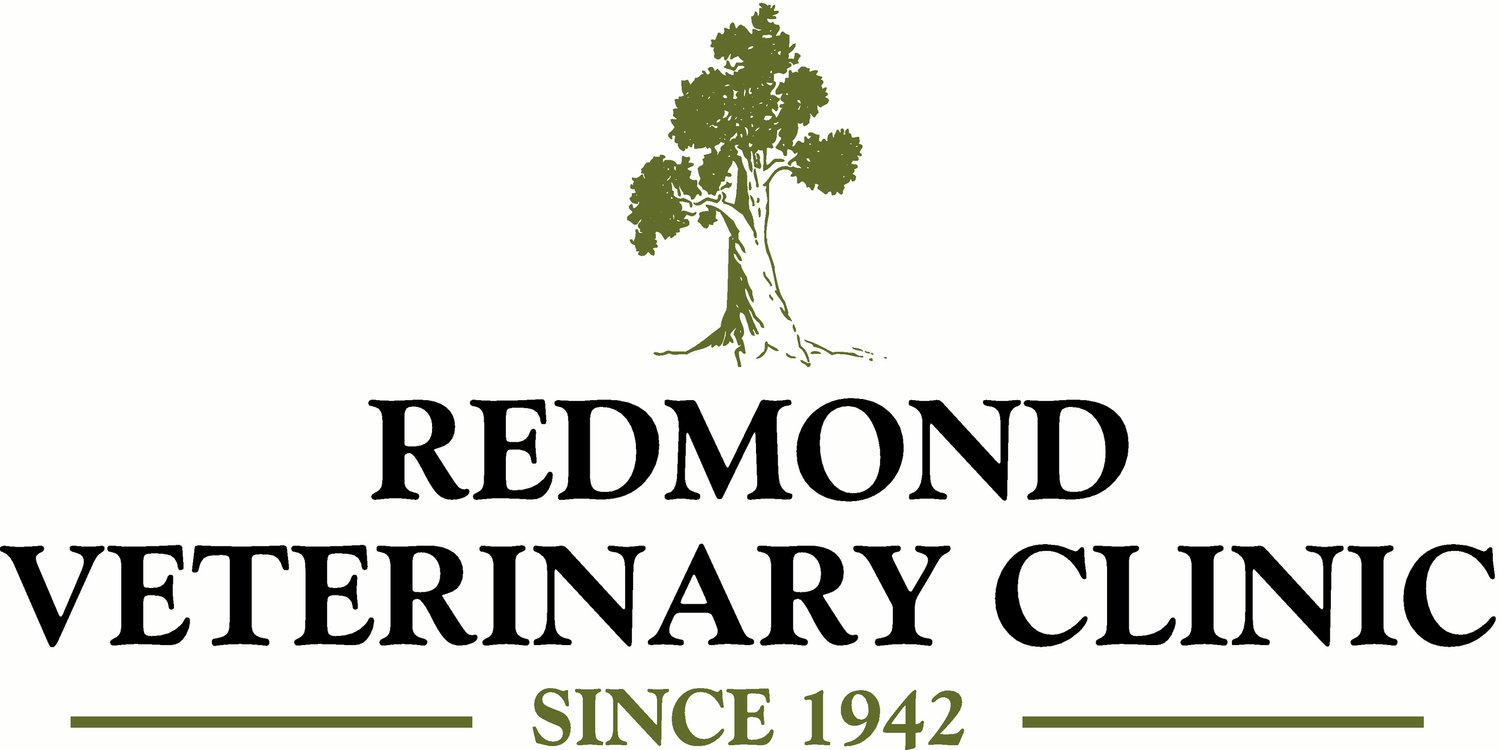"One small cat changes coming home to an empty house to coming home."
Pam Brown
Cat Friendly Practice
With cats being the most beloved pet in the country, there is a growing need to improve the health care and overall well-being of the feline population. Whether it’s a routine checkup or special visit, the staff at Redmond Veterinary Clinic is committed to ensuring that cats get the best care. And, to further its dedication, the clinic implemented the Cat Friendly Practice (CFP) program to offer pet owners more at every phase of the cat’s health care process. “We are committed to providing quality care to our feline patients,” said Dr. Shawn Clark. “When we heard about the CFP program, we knew it was time to take a fresh look at the practice to determine what could be done to make the veterinary visit more positive for cats and cat owners.”
Program Puts Cats First
The American Association of Feline Practitioners (AAFP) pioneered the CFP program to provide a framework for creating a positive practice environment for cats, including medical care that supports the cat’s unique needs and knowledgeable staff members who understand feline-friendly handling. “The AAFP realizes that cats present unique challenges before, during, and after a veterinary visit,” said Dr. Susan Little, DVM, DABVP (Feline) & President, American Association of Feline Practitioners. “Some things that can cause a cat anxiety include aversion to carriers, sensitivity to new sights and smells, and the added stress of an unfamiliar location or experience. Understanding these obstacles helped to shape the CFP program and its dedication to putting the needs of cats first.” At a CFP-designated clinic, the veterinary staff incorporates cat-friendly features into the physical environment of the practice including special waiting rooms or waiting accommodations, feline-sensitive examination rooms and ward facilities, and equipment appropriate specifically for cats. Staff members also approach cat care in a different manner. The staff learns how to understand the needs of the cat such as how to interpret a cat’s facial expression and body language. Furthermore, the staff is well-trained in alternate techniques to calm an anxious cat and ensure that exams and procedures do not escalate anxiety.
Boosts Cat Care
“We evaluated every aspect of the practice and its environment from the perspective of the cat,” Dr. Clark said. “We can proudly say that from the minute they walk through the door, our patients and clients will be part of a welcoming, comfortable experience that will ultimately lead to the improved health of our feline patients.”


